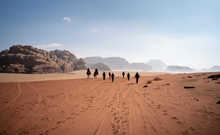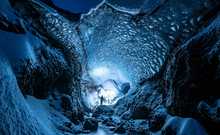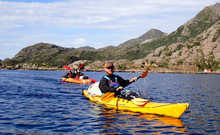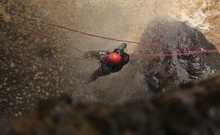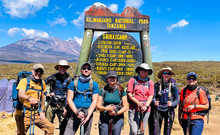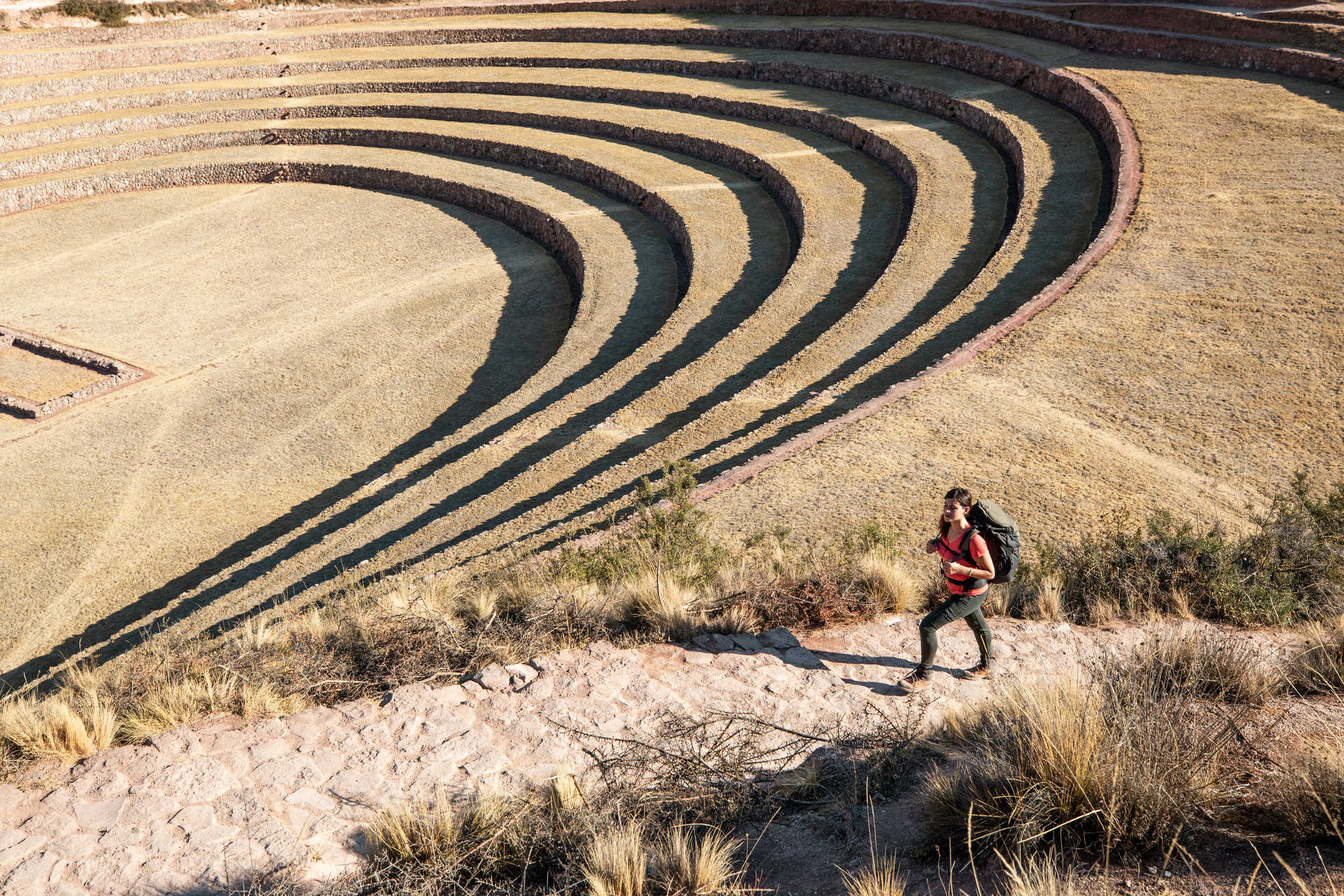Why the Sacred Valley Should Be on Your Peru Itinerary
Nestled in the Andes just north of Cusco, the Sacred Valley was once the heart of the Inca Empire. But today? It draws travellers who explore its ruins, vibrant markets, and dramatic scenery.
So what exactly should you aim to see if you’re heading to the Sacred Valley of the Incas?
There are a lot of hotspots worth visiting, and it’s hard to know what’s worth it.
In this article, we’ll walk you through your options to help you decide what to see and do on your adventure to the Andes.
Key takeaways
- The Sacred Valley showcases Inca mastery: Its terraces, fortresses, and ceremonial sites reveal the genius of the Inca Empire
- Towns in the valley highlight modern and historical Andean culture: Places like Pisac, Ollantaytambo, and Chinchero blend modern village life and centuries-old traditions, providing an immersive cultural experience.
- Treks immerse you in history and nature: Walking trails and the Inca Trail trek combine breathtaking landscapes with insights into Inca life and agriculture.
- Machu Picchu is the ultimate reward: Reaching the citadel after exploring the valley offers a transformative view of Inca history and the Andes.
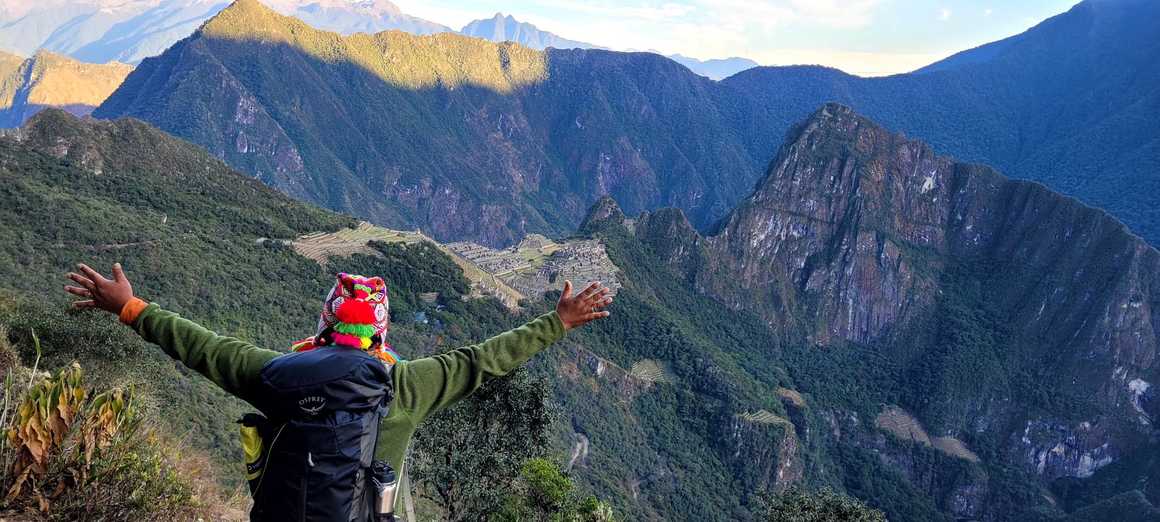
The history of the Sacred Valley: A glimpse into the past
The Sacred Valley, or Willkamayu in Quechua (meaning “sacred river”) was once a strategic and spiritual centre. Pre-Inca groups farmed here as early as 500 CE, drawn by its fertile soils and mild climate.
The Incas then built hillside terraces for farming, creating an agricultural system that supported Cusco, the empire’s capital.
Around 1438 CE, Emperor Pachacuti expanded the Inca Empire and ordered the construction of terraces, temples, and fortresses. These architectural changes took place at sites such as Pisac, Ollantaytambo, and Moray (which we talk about in more detail later!).
Farmers grew maize, quinoa, and potatoes on engineered terraces, while priests performed ceremonies honouring the sacred mountains and rivers. After the Spanish conquest in 1536 CE, the valley became a stronghold of resistance — most famously during the Battle of Ollantaytambo, where the Incas briefly repelled Spanish forces.
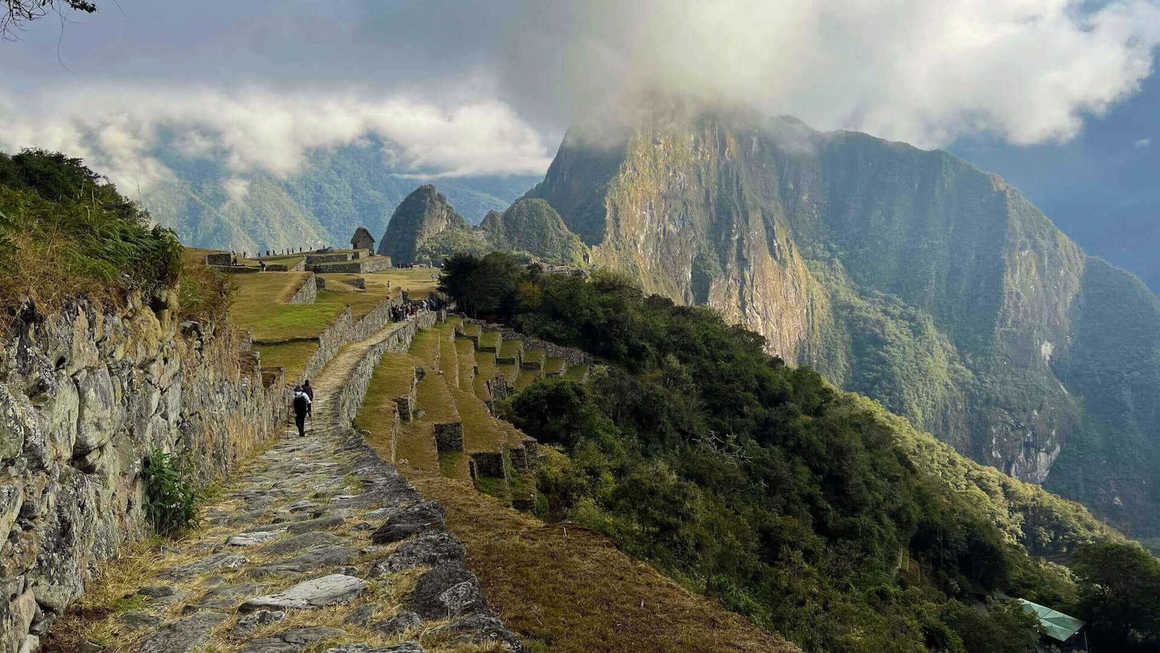
6 best things to see and do in the Sacred Valley of the Incas
The Sacred Valley of the Incas packs history, culture, and adventure into one unforgettable destination. From ancient citadels and vibrant markets to high-altitude treks and scenic train rides, it’s the perfect place to experience the grandeur of the Inca Empire and the traditions of modern Andean life.
Here are the highlights we recommend:
- Explore Ollantaytambo
- Discover Pisac and its market
- Visit Moray and the Salt Mines of Maras
- Trek the valley trails
- Trek the Inca Trail to Machu Picchu
- Take a train to Machu Picchu
Let’s look at these in more detail.
1. Explore Ollantaytambo
Why it’s worth visiting: See a historic fortress, temple, and town with stunning valley views and Inca terraces.
Ollantaytambo is one of the most iconic sites in the Sacred Valley of the Incas. Built in the 15th century during the reign of the Inca emperor Pachacuti, it was originally constructed as both a fortress and a ceremonial centre. The site even played a key role in defending the Inca Empire against the Spanish conquest!
Hiking to the top of Ollantaytambo is challenging, but the panoramic views of the Urubamba River and surrounding mountains are breathtaking. The town beneath the fortress is a living Inca settlement, with narrow cobbled streets, centuries-old houses, and small plazas featuring an original Inca layout.
Visiting Ollantaytambo allows travellers to see the integration of daily life, military planning, and religious ceremony in Inca society. And beyond its history, the town is quite lively! With local artisans selling textiles, pottery, and traditional foods, it’s a vibrant stop on any Sacred Valley of the Incas tour.
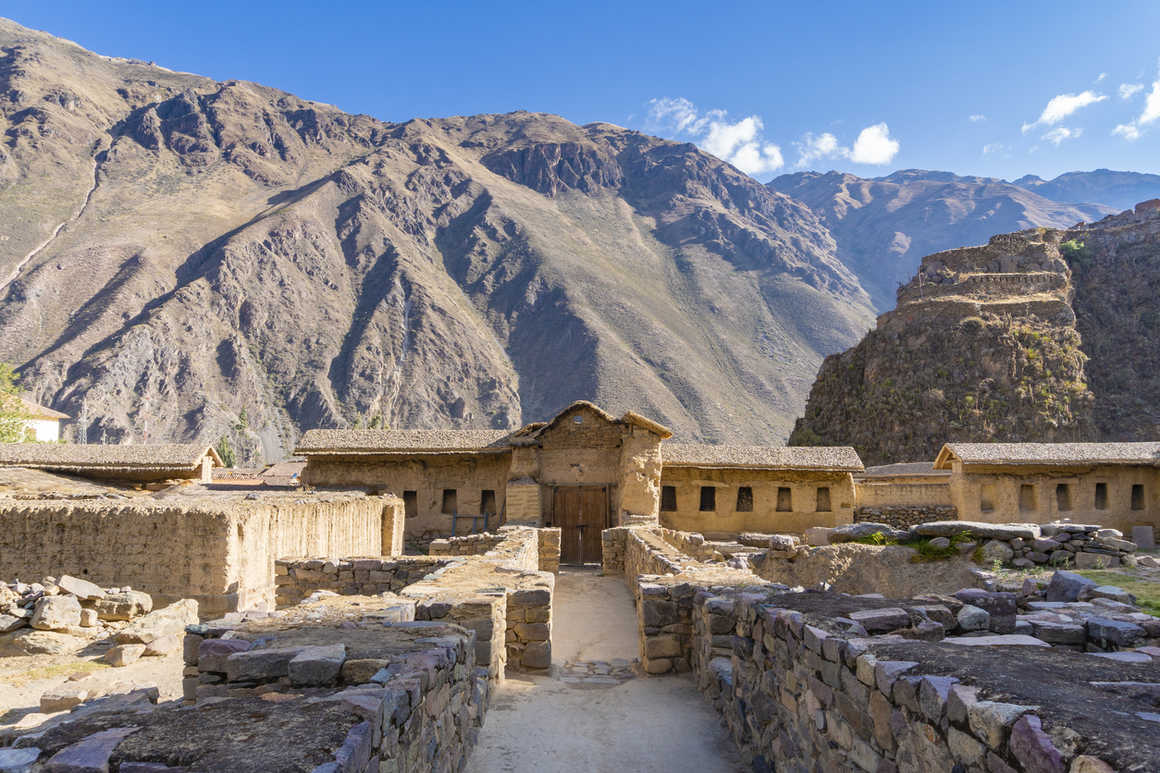
2. Discover Pisac and its market
Why it’s worth visiting: Experience hilltop ruins and a vibrant market, showcasing archaeology and Andean culture.
Pisac is famous for its archaeological site and vibrant market. The ruins, constructed under Inca rule in the 15th century, feature ceremonial platforms, Inca tombs (chullpas), and agricultural terraces. Walking among these remains illuminates how the Incas integrated spiritual and practical life.
After exploring the ruins, descend into the town to the Pisac market. The market has been a hub for local trade for centuries. Historically, it was a place where Andean farmers, artisans, and merchants could exchange goods from across the region.
Today, it retains that traditional spirit. Makers offer a colourful tapestry of handwoven textiles, alpaca wool garments, jewellery, ceramics, and handcrafted souvenirs. Watch artisans perform historic weaving techniques and learn about natural dyeing methods using plants and minerals.
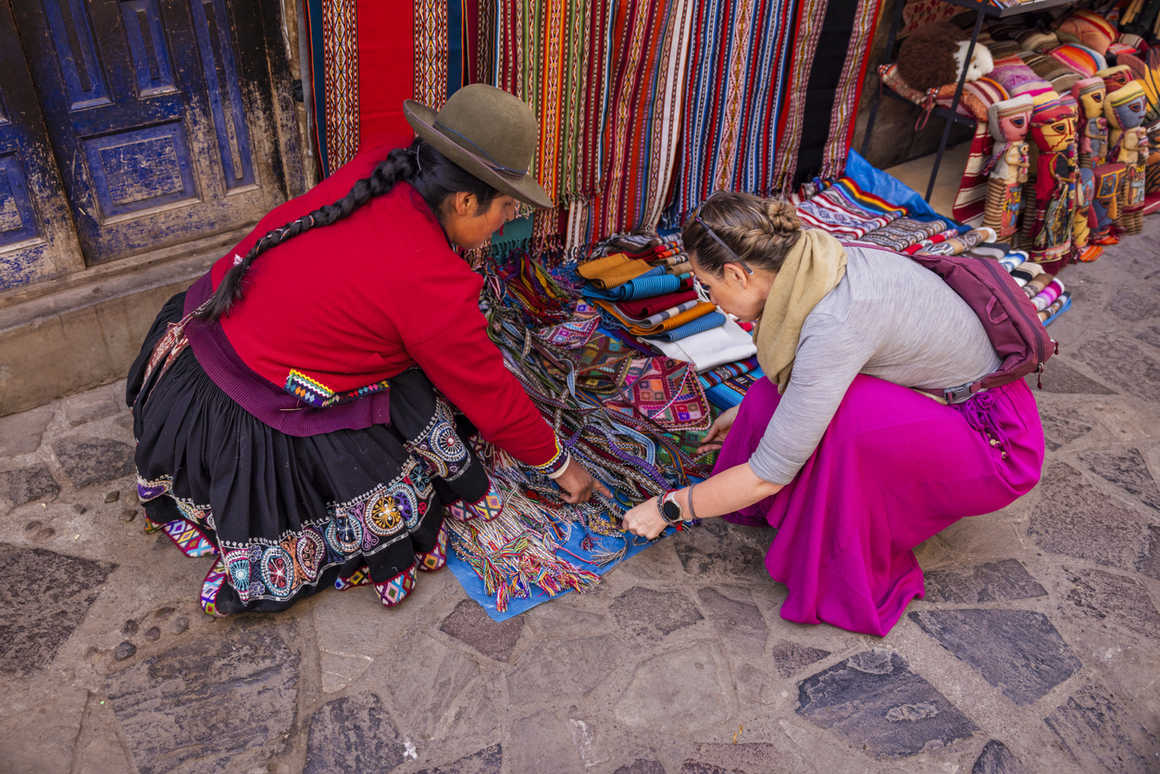
3. Visit Moray and the Salt Mines of Maras
Why it’s worth visiting: Witness the Incas’ farming genius at Moray, plus centuries-old salt pans at Maras.
Moray is an extraordinary example of Inca ingenuity and agricultural science. The site has a series of concentric circular terraces, each set at a different level, creating a unique microclimate!
Archaeologists believe Moray was an experimental agricultural station to test which crops thrived at varying altitudes, sustaining Cusco and other major settlements. Pretty cool, right?
Just a short drive from Moray, the Maras salt mines provide a striking contrast. Thousands of terraced salt pools glimmer in the sunlight, where local families still harvest salt using techniques that date back to pre-Inca times.
Observing the miners at work also offers some insight into customary Andean labour and the importance of salt as a trade commodity. The combination of Moray and Maras is visually stunning and historically fascinating, making these sites essential stops on a Sacred Valley of the Incas trail tour.
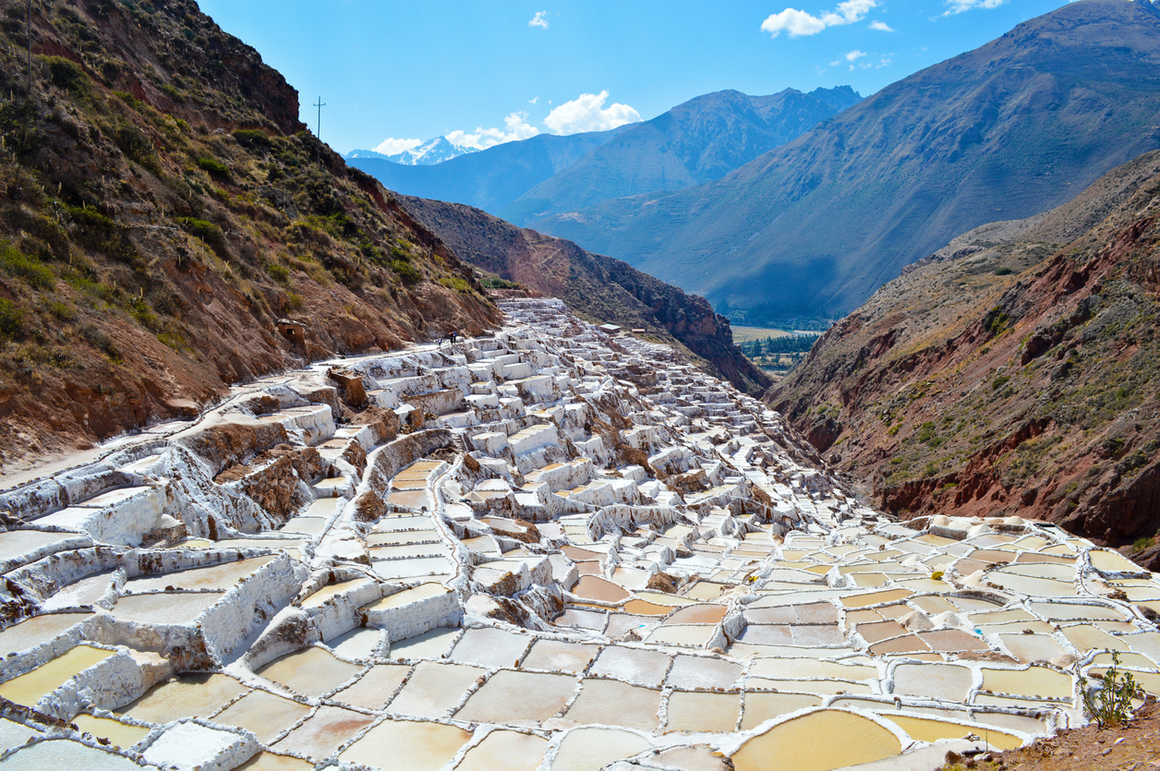
4. Trek the valley trails
Why it’s worth visiting: Explore scenic hikes, hidden ruins, and stories from local guides you won’t find in books.
The Sacred Valley is a hiker’s paradise! Trails wind through mountains, forests, farmland, and small villages, offering a glimpse into Andean life.
One of the most popular routes is the trek from Ollantaytambo to Pisac. The trail passes through remote Inca terraces, waterfalls, and lesser-known ruins. Along the way, you’ll likely encounter llamas and alpacas grazing on terraced hillsides, farmers tending crops, and spectacular viewpoints overlooking the Urubamba River.
Guided walks often include explanations of Inca agricultural techniques, local legends, and insights into how villages maintain centuries-old traditions.
One thing’s for sure — you’ll struggle to get this first-hand intel from guidebooks or signs. Only local guides, who grew up with these stories and practices, can bring the landscape to life in this way.
Curious about whether to go it alone or join a group? Check out our latest blog on the benefits of solo vs guided travel.
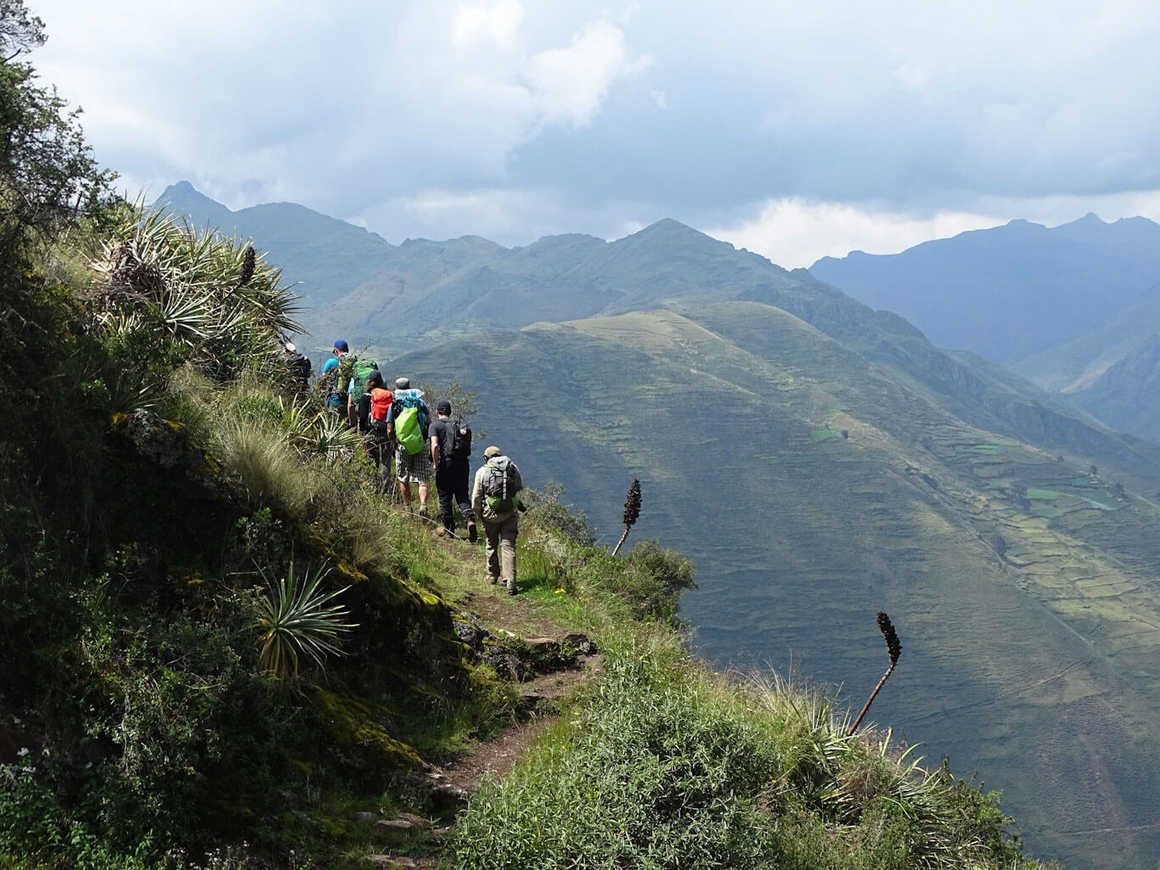
5. Trek the Inca Trail to Machu Picchu
Why it’s worth visiting: Embark on an epic trek through cloud forests and Inca sites, ending at the breathtaking Machu Picchu citadel.
The Inca Trail Peru is one of the world’s most iconic treks, linking the Sacred Valley with Machu Picchu. This hike passes through alpine meadows and numerous Inca sites, such as Wiñay Wayna and Intipata.
Walking the trail, you can see terraced farmland, intricate stone constructions, and ancient ceremonial sites, gaining insight into the scale and sophistication of the Inca Empire.
The trek also challenges hikers physically and mentally. The Inca Trail altitude reaches over 4,200 metres at Dead Woman’s Pass, requiring careful planning and acclimatisation.
This is where hiking with a group can be a game-changer! Booking a guided trek takes the stress out of safety. You can relax knowing your guide is trained, equipped, and knowledgeable, which is reassuring when tackling a big adventure.
Kandoo guides, for example, provide:
- Altitude checks: They monitor your oxygen levels, pulse, and acclimatisation daily, making sure you adjust safely to the altitude.
- Safety protocols: Guides follow clear processes for emergencies, from evacuations to unexpected hazards.
- First-aid training: If illness or injury occurs, they step in with proper mountain first aid.
- Navigation skills: Relieve any stress or worry about getting lost — your guide handles tricky terrain and bad weather with ease.
- Technical expertise: From steep climbs to rough descents, they have the skills to get you through safely.
Here’s what Stewart said about booking a guided tour with Kandoo:
“Kandoo is on top of things! All was taken care of while I was in Peru - airport pickup, hotels, shuttles, tickets, etc. Guides are top notch and are locals who speak several languages and know their way around.” - Stewart, Trustpilot.
Want to find out more? Take a look at some of Kandoo’s guided trips to Peru!
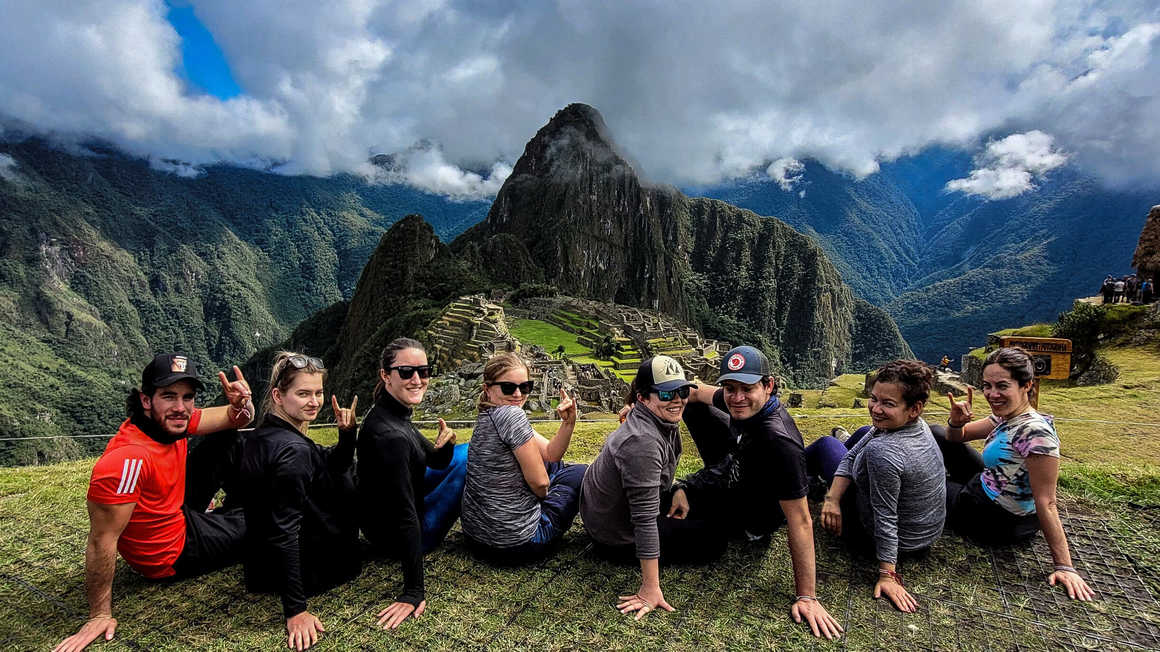
6. Take a train to Machu Picchu
Why it’s worth visiting: A relaxed journey with stunning Sacred Valley views and a magical first glimpse of Machu Picchu.
For travellers who prefer a relaxing experience, the train from Ollantaytambo through the Sacred Valley offers stunning scenery. The route passes terraced hillsides, rivers, and traditional villages, providing a slower-paced way to appreciate the landscape.
Many travellers combine this scenic journey with shorter Inca Trail tours, enjoying sections of the trail before arriving at Machu Picchu. Watching the citadel emerge from the mist after exploring the valley is the perfect conclusion to a historical and adventurous journey.
Find out more about booking a train journey on the Perurail website.
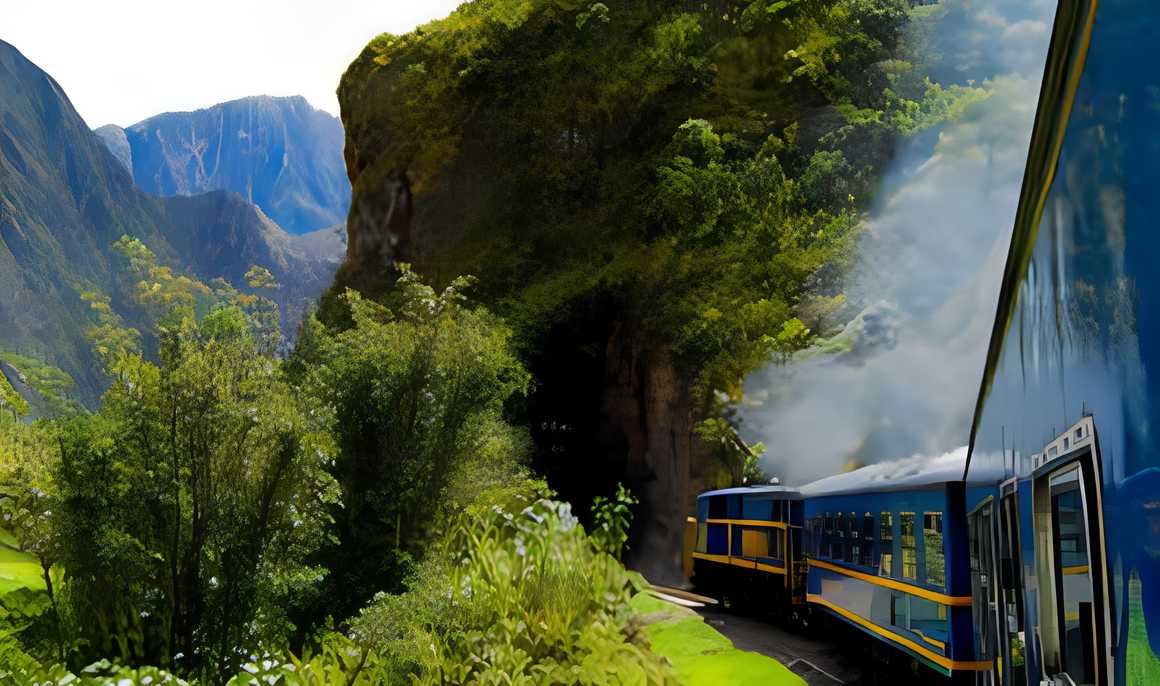
Sacred Valley of the Incas FAQs
What is the Sacred Valley of the Incas?
The Sacred Valley, or Willkamayu in Quechua, is a valley north of Cusco that was a spiritual and agricultural centre of the Inca Empire. It’s home to terraced fields, fortresses, and ceremonial sites, as well as vibrant Andean towns that still preserve traditional culture today.
Does the Inca Trail go through the Sacred Valley?
Yes! The classic Inca Trail to Machu Picchu begins near Cusco and passes through parts of the Sacred Valley, including agricultural terraces and small Inca sites.
The valley’s landscapes provide a beautiful introduction to the trek, offering views of terraced hillsides, traditional villages, and the Urubamba River before the trail ascends through cloud forests toward Machu Picchu.
Side note: The route we do at Kandoo drives through the Sacred Valley to start at KM82. From here, the trekking section isn’t considered to be the Sacred Valley.
Should I go to Sacred Valley or Machu Picchu first?
It’s best to visit the Sacred Valley of the Incas first. This allows you to acclimatise to altitude, explore archaeological sites like Ollantaytambo and Pisac, and gain historical context before arriving at Machu Picchu. As a result, the experience is far richer and more rewarding.
Are Cusco and Sacred Valley the same?
No — Cusco was the capital of the Inca Empire, a city of historical and administrative importance. The Sacred Valley lies to the north of Cusco, encompassing fertile lands, Inca terraces, and towns like Pisac and Ollantaytambo. The valley served as an agricultural and ceremonial hub for the empire, complementing Cusco’s political role.
Is it better to stay in Cusco or the Sacred Valley?
It depends on your itinerary. Cusco offers a bustling city experience, colonial architecture, and easy access to transport. Staying in the Sacred Valley provides a quieter, more immersive experience, closer to archaeological sites, markets, and trekking trails like the Inca Trail Peru. It’s ideal for early morning explorations and cultural immersion.
How many days are there between the Sacred Valley and Cusco?
The Sacred Valley is roughly 20–40 kilometres from Cusco, depending on where you are. Most travellers explore the area between the Sacred Valley and Cusco in a day trip, though a more relaxed pace may take two or three. Travel time is typically 45 minutes to 1.5 hours by car or bus between the valley towns and Cusco.
How do you navigate the Sacred Valley of the Incas?
An Inca trail map is invaluable for exploring the valley, but having a local guide enriches the experience. Guides don’t just show you the way — they share stories, history, and traditions you’d likely miss if you travel alone!
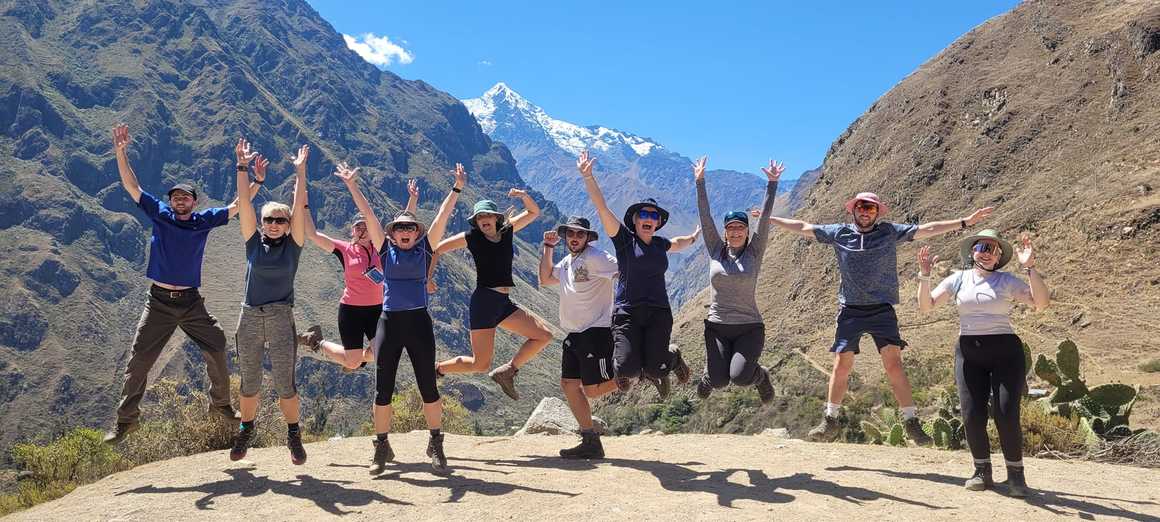
Ready to visit Cusco and the Sacred Valley of the Incas? Let’s make it happen
From Ollantaytambo’s ancient stronghold and Pisac’s lively market, the Sacred Valley is packed with history, culture, and scenery you’ll never forget. Add in the valley trails or the legendary Inca Trail, and you’ll have an adventure beyond compare.
Exploring the area with a local guide takes the experience to another level. You’ll hear the stories, legends, and insights you simply won’t find in guidebooks — all while trekking safely with expert support.
Ready to dive in? Check out Kandoo’s guided trips to Peru and start planning your Sacred Valley journey today!
